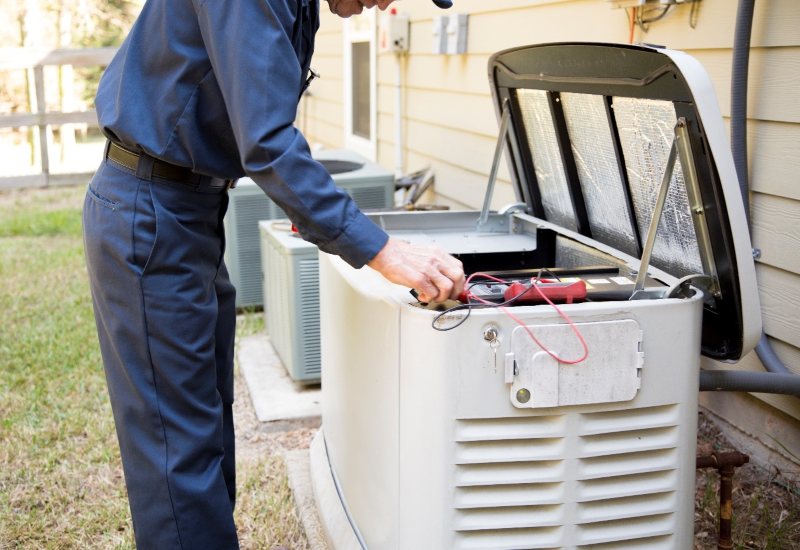August 22, 2025
How To Prepare for Generator Installation in the Tri-State Area
Generator Setup Checklist for Your Home
Power outages disrupt daily routines and leave you without heat, refrigeration, or Wi-Fi. A standby generator keeps your home powered during blackouts, but installing one requires careful planning. Use these home generator preparation tips to get ready for installation.

1. Choose the Right Generator for Your Needs
Not all standby generators are created equal. Before installation, determine how much power you’ll need during an outage. Do you want to power your entire home or just essential appliances? Make a list of must-haves like your refrigerator, HVAC system, and medical devices. A professional can help you size your generator correctly to avoid overloading or underutilizing the unit.
2. Pick the Perfect Installation Spot
A standby generator must be installed outside, but where you place it matters. Choose a flat, stable surface away from windows, doors, and vents, and consider accessibility for maintenance and refueling. If you’re unsure, your generator installer can recommend the best location.
3. Check Local Permits and Regulations
Installing a standby generator isn’t as simple as plugging it in. Many areas require permits, and you may need to comply with zoning laws or HOA rules. Contact your local authorities before installation to avoid fines or delays. Your installer should handle the paperwork for you.
4. Set Up the Fuel Supply
Most standby generators run on natural gas, while others use propane or diesel. If your home has a natural gas line, a licensed professional can connect the generator for continuous fuel supply. For propane or diesel, you’ll need a properly sized storage tank. Check the fuel level regularly, especially before storm season.
5. Leave Installation to a Pro
Your generator must be set up correctly to ensure safe operation. A professional electrician will install the necessary wiring and a transfer switch, which automatically shifts power from the grid to your generator when needed. A licensed installer also ensures your system meets all safety codes and operates efficiently.
Generator Safety Tips for Homeowners
Once you have completed the generator setup checklist, follow these essential steps for using a generator safely:
- Only operate generators outside to prevent carbon monoxide poisoning.
- Use a transfer switch to prevent backfeeding, which can harm utility workers and damage your appliances.
- Store gasoline, diesel, or propane safely. This means using approved containers and keeping them away from heat sources.
- Avoid overloading your generator. Know its wattage limits, and don’t attempt to run more appliances than it can handle.
- Inspect your generator for leaks, damaged wires, or debris around the unit before each use.
- Turn off the generator and let it cool down before refueling to prevent fires or burns.
Install a Standby Generator in the Tri-State Area
Preparing your home for generator use takes careful planning, but having reliable backup power is worth the effort. Seidel Electric Inc. is here to help. Our family-owned business in Blairstown, NJ, can recommend top-quality Generac generators and expertly install your chosen unit. We’re committed to reliable service and knowledgeable support for residents in the Tri-State Area. Contact us today to schedule your generator installation.
